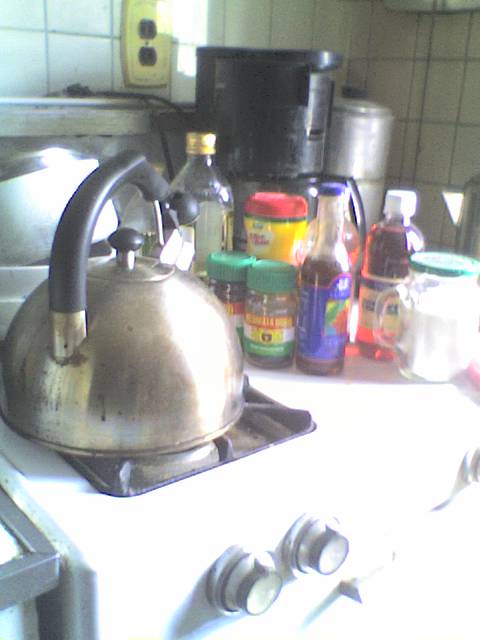Islam, like many other religions has taken a bad wrap lately. People tend to forget its' history and with that the foods that are part of that history. Thankfully , there is a new cookbook that shows not only the foods of this vast religion but also the its' long story. Both are intricately intertwined.
It is the subject of a new cookbook written by cookbook writer, Anissa Helou, a Christian, herself, but also Lebanese born. Mayukh Sen, a James Beard award winning writer on food and culture, interviewed Ms. Helou for yesterday's New York Times Food section. Like many other Lebanese, she was uprooted by the civil war that started in 1975 and ended in 1990. She talked with many from this diaspora in 1992 and realized there was a need for a cookbook. Lebanese Cookbook was on the shortlist for the Andre Simon award which honors British food and drink books., Eight more recipe books followed, covering such topics as varied as Mediterranean street food to offal. The ninth cookbook , Feast : Food Of The Islamic World , a five hundred page book rivaling LaRousse Gastronomique in size. It starts off with the advent of the religion i the year 610 to the Mughal Dynasty. There are 300 recipes(!) that show the expansive realm of the religion, from Xinjiang to Zanzibar. Ms. Helou felt she had to write this to show how the religion really is after seeing the rise if ISIS and the Arab Spring vilify it.
The recipes are extensive . (those interested can take a free peek at the book on Amazon). Flat breads are the same yet not the same, thanks to variations that include ghee and nigella seeds. A dessert as simple as rice pudding is made differently according to the country. Moroccans make it with milk and orange water. The Turkish omit the milk and flavor it with saffron. There is also the Lebanese treat, kabab karaz a dish of ground lamb meatballs cooked in a pool of sour cherries,raw cane sugar and pomegranate molasses. The meatballs look like tiny ruby marbles as they're piled on pita triangles that have been drizzled with melted butter and topped with chopped parsley and toasted pine nuts. The recipe is interesting because it uses the Lebanese seven spice mixture, easily made at home by combining pepper with ground allspice, cinnamon,coriander, clove ginger and freshly grated nutmeg. The leftover mix can be used in marinades and tabbouleh.It's also special because it comes from the war torn city of Aleppo, once considered the Lyons of Syria,
Ms. Helou is the savior of Islamic cooking. it's told from a , well researched point of view. It's not just a cookbook but history book.,
Thursday, June 7, 2018
The Glory Of Islamic Food
Subscribe to:
Post Comments (Atom)




No comments:
Post a Comment